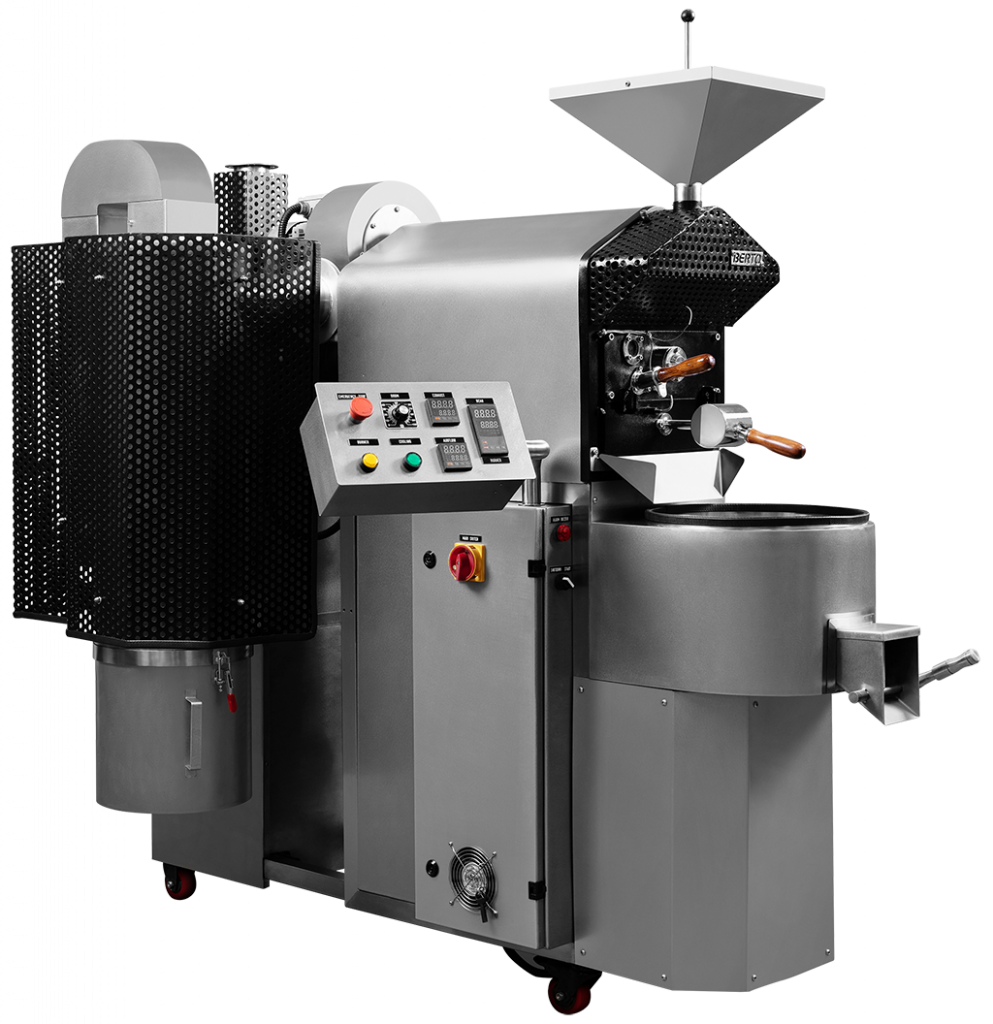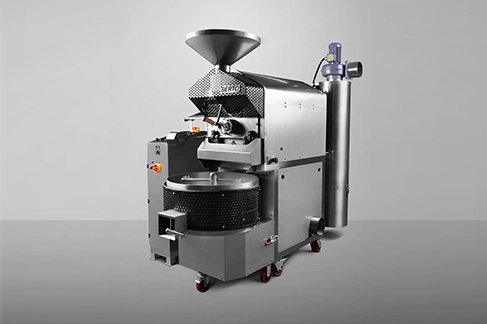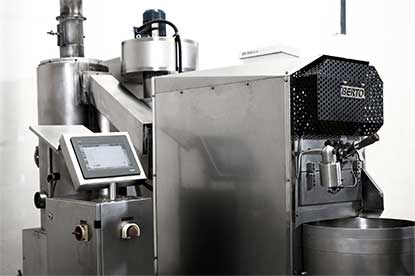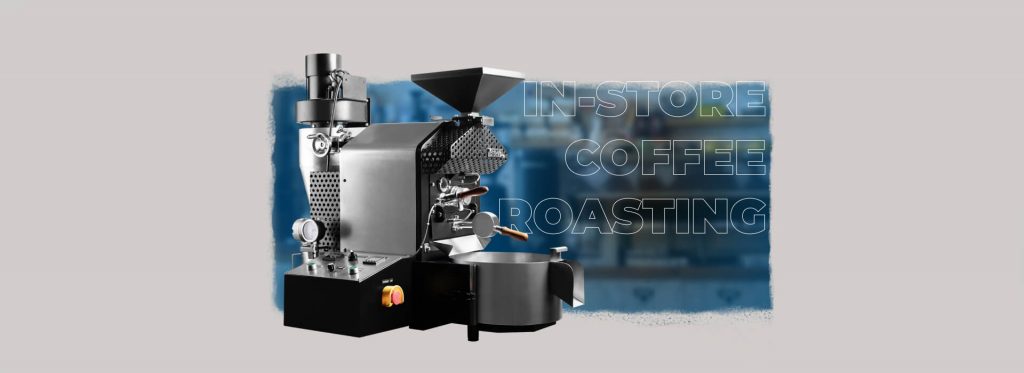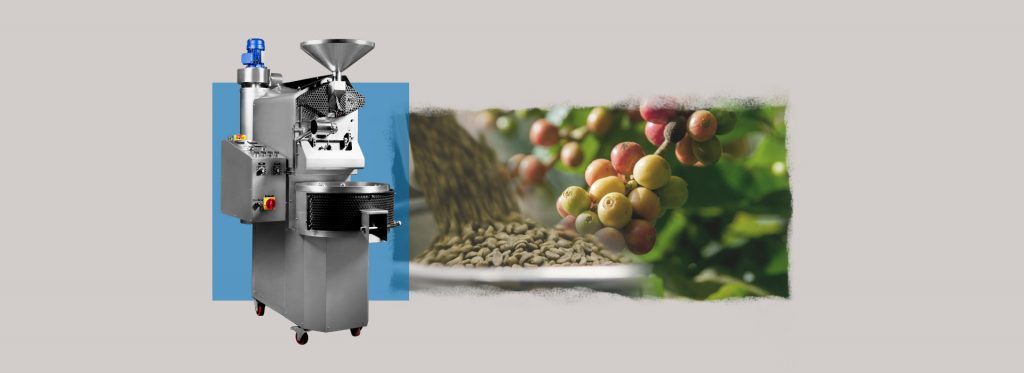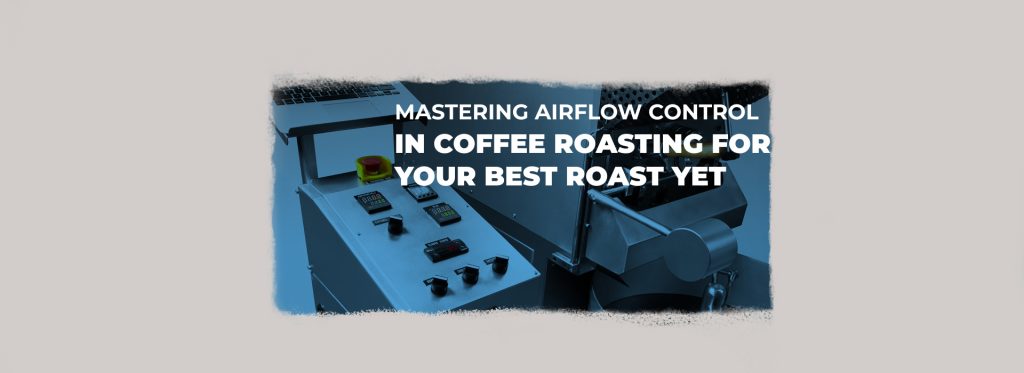Is a Coffee Roasting Business Profitable in 2026? A Realistic Guide for Aspiring Roasters
Is a coffee roasting business profitable in 2026? This question is becoming more relevant as the specialty coffee market continues to grow at a steady pace, following the strong momentum seen in 2025. Coffee’s journey from everyday pick-me-up to artisan beverage reflects a shift in how people savor it—seeking depth of flavor and the character that comes from expert craftsmanship.
This shift in consumer behavior has sparked a new wave of interest in local coffee roasting. Small-scale roasting entrepreneurs offering authentic and handcrafted coffee are standing out and building connections with their customers. That’s why it’s a promising moment to start a roasting business. If you’re thinking about stepping into the world of coffee roasting, this guide is for you. We’ll take a clear and realistic look at the industry’s profitability in 2026, including potential earnings and practical strategies to grow your business.

Is a Coffee Roasting Business Profitable?
Yes, a coffee roasting business can be profitable, especially as the specialty coffee market keeps growing around the world. Data shows the global specialty coffee market is on track to reach USD 183 billion by 2030, with steady 10.4% growth from 2025 to 2030. More consumers are looking for high-quality beans and roasters who truly understand how to bring out the unique characteristics of each origin. This growing interest opens up real opportunities for small-scale roasting businesses, because customers are willing to pay more for coffee that’s crafted with care and a sense of responsibility.
In terms of profit margins, small-scale roasters such as home-based setups or micro roasteries typically see gross margins between 30% and 50%. It all depends on how you source your beans, the volume you roast, and the pricing strategy you use. Medium-scale operations that supply cafes or run their shops can reach margins of 60% or higher, often when they roast in larger volumes or combine wholesale with direct-to-consumer coffee sales.
Behind the rising interest and promising profit potential, the coffee roasting business also comes with its own set of challenges. Rising competition means every brand needs a strong identity and something that sets it apart. Maintaining roast consistency is important, since customers expect the same flavor in every cup. As production grows, it takes greater effort to keep operations running smoothly and quality consistent, all while securing a reliable supply of green coffee beans.
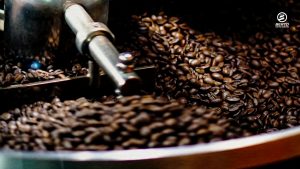
How Much Money Can You Make as a Coffee Roaster?
A coffee roasting business can be a steady and rewarding source of income when you understand the market and approach it with a strategy that works for you. The key is choosing a business model that matches your strengths and the kind of business you want to build.
1. Revenue Models
Revenue models are the blueprint for how you make money. One popular strategy is direct-to-consumer, either on your website, with a subscription service, or at a farmers’ market. This model gives you full control over pricing and customer relationships, and it often leads to higher profit margins with no middlemen taking a share.
On the other hand, the wholesale model focuses on selling larger quantities to businesses like cafes or restaurants. While this can boost your overall sales, the profit you make on each bag is usually lower. Many coffee businesses find their “sweet spot” by combining both strategies in a hybrid model. They sell online and supply neighborhood cafés, and every so often, you’ll spot them brewing up buzz at a pop-up event. This helps them bring in more profit while building a business that’s flexible and better able to grow over time.
2. How to Calculate Coffee Roasting Revenue
If you want to get a rough idea of how much you can make from roasting coffee, start by thinking about how many kilos you plan to roast each week. From there, divide that number by your bag size to figure out how many bags you’ll have to sell. Once you know your bag count, set a price per bag that fits your revenue model. Then it’s just a matter of multiplying the number of bags by your price to estimate your weekly revenue before factoring in your expenses.
3. Key Profitability Factors
Several key factors can shape how profitable your roasting business becomes. Efficient batch sizes help reduce waste and keep production costs down, which leads to better margins. Your pricing strategy should reflect both your costs and the value you offer to be sustainable and fair. And of course, having a clear brand positioning and reaching the right people will help you stand out and earn trust that keeps them coming back for more.
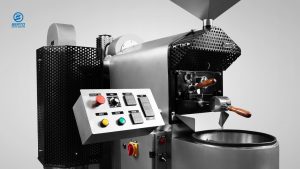
Tips for a Successful Coffee Roasting Business
If you want a coffee roasting business that is not just built but growing, follow these tips:
1. Prioritize Roast Consistency Through Tracking and Profiling
Great coffee is about repeating that perfect roast every single time. Track every batch, from temperature curves to airflow adjustments, and use roast profiling to lock in your flavor targets. Consistency is what turns first-time buyers into lifelong customers.
2. Leverage Technology for Automation and Efficiency
Modern roasting tools such as automated controls and data logging software can elevate your craft, especially when paired with IoT-connected machines. They help you roast with precision and efficiency while giving you the capacity to scale without losing quality. Less time spent on manual tweaks means more time perfecting flavors and growing your business.
3. Be Active in the Coffee Community
Coffee is a people business. By taking part in industry events and collaborating with local cafés, you can keep learning from fellow roasters, building connections that lead to everything from stronger supplier relationships to a loyal customer base.
4. Choosing the Right Roasting Machine
Your coffee roaster is the heart of your business. The right roasting machine gives you the consistency and quality your brand will be built on. If you’re starting a small batch startup, Berto Essential Air and Berto Essential are great fits: compact, efficient, and precise enough to help you dial in roast profiles without the burden of excess costs or space. If you already run a roastery and want to boost profits, Berto Type D and Type R Roasters help you scale up efficiently, lowering production costs while preserving flavor and quality in every cup.
A coffee roasting business can be profitable in 2026 with a clear strategy and the right equipment. Whether you’re launching a roastery or aiming to boost profitability, Berto can guide you to the roaster that fits your goals. Contact us today for the tools and expertise to craft coffee your customers love—and to build a business that lasts.


